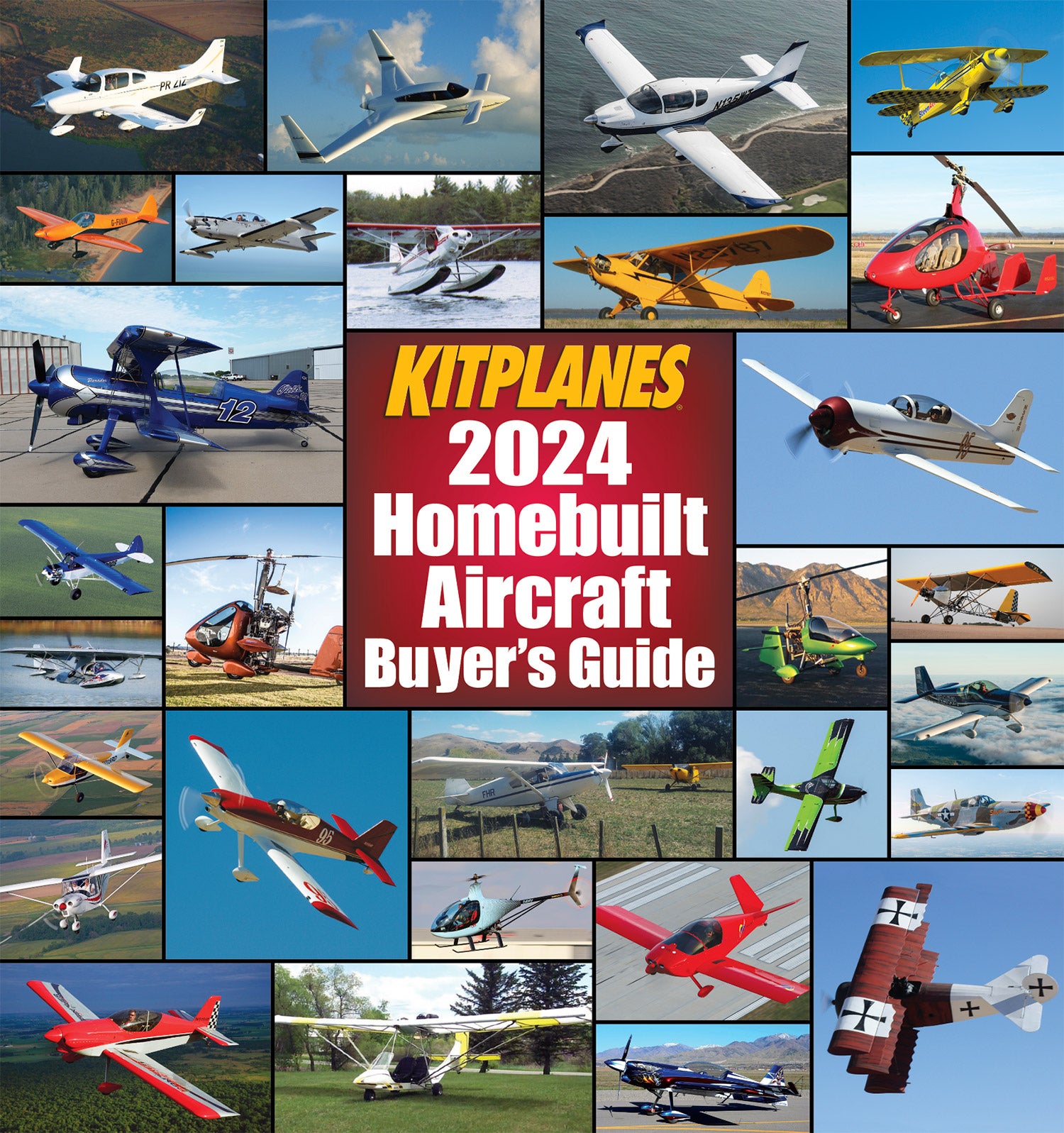 It’s said that change is inevitable but with it comes opportunity. We’re taking that to heart this issue, which debuts a new format for our yearly buyer’s guide of kitbuilt and plansbuilt airplanes and rotorcraft. As you dig in, you’ll notice several important changes and, we hope you’ll agree, useful improvements to make choosing your first (or next) aircraft project just a little bit easier.
It’s said that change is inevitable but with it comes opportunity. We’re taking that to heart this issue, which debuts a new format for our yearly buyer’s guide of kitbuilt and plansbuilt airplanes and rotorcraft. As you dig in, you’ll notice several important changes and, we hope you’ll agree, useful improvements to make choosing your first (or next) aircraft project just a little bit easier.
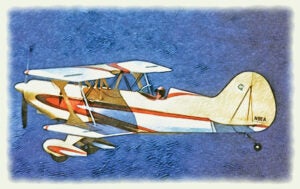
For starters, each aircraft has its own data block with more of the collected info presented. We gather and keep much more (even than this) in our online database, but this year we’ve elected to present more of it in the printed version. We’ve also added a photo for each design, not just one or two samplers for each kit manufacturer. In some cases, you’ll note that the images look like custom illustrations—they are mainly because some companies don’t have current product images big enough to reproduce on these pages. (True story!) But at least we have representative images for virtually every airplane and rotorcraft presented here, no small endeavor.
We’ve saved a few lines of text by using icons for important characteristics: number of seats, whether the design is available as a kit or as plans (or both), availability of quickbuild components and the design’s eligibility as a Light Sport Aircraft under the current rules. Note that some designs will have the LSA marking but may show a higher-than-allowed gross weight or speed—these can be built to LSA requirements if desired.
A few familiar designs are not in the following guide. Aircraft currently in development, for which there are still no kits or plans commercially available, are not listed because, well, they’re not quite real yet. Rest assured, we’ll keep an eye on all of them and add them to the guide when the time is right. (They are all listed in the online guide, however, and will be promoted to “current” status when the time is right.)
We no longer include unavailable aircraft designs. If the company is gone or the model is no longer available as kits or plans, it’s not in this guide. As is true every year, we spend a massive amount of time contacting kit manufacturers and plans providers to confirm design data, availability and pricing. As is true every year, a few companies play (extremely) hard to get. When we’ve exhausted several emails, phone calls, entreaties on social media and, quite possibly, sending someone to knock on the hangar door—and have not received a response, we consider the company closed for business and their designs are moved to “non-current” status. If you’re one of those companies we’ve downgraded for lack of response, email us at editorial@kitplanes.com and we’ll change the online status as well as let readers know the rumors of your demise are greatly exaggerated. And because ours is an industry in constant motion, the online guide gets continually updated and should be considered a living document. Unlimited access to the online buyer’s guide is free for our subscribers and, even better, for a limited time only, to non-subscribers. Here’s how to find it: Click on the “Buyer’s Guide Access” button or go directly to www.kitplanes.com/bg.
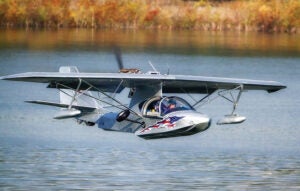
As we move into 2024, economic factors continue to play a large role. While engine prices, recently seeing exceptional year-on-year increases, seem to have settled down, the cost of everything else (including kits) has followed general inflation and still shows the influence of supply-chain challenges—many kits have long lead times these days. Several companies are making headway but planning for a build in the year 2024 requires long-range thinking and a willingness to buy now for delivery later—you just can’t count on much coming on short notice.
All of that said, the Experimental market continues to be strong and vibrant. Builders benefit from veteran designs, an active builder universe and more tools (literally and in terms of education) to make the build more fun and the result of your efforts a safer, more useful airplane.
Are You Ready?
Building your own airplane is a substantial undertaking—one that involves considerable investments of time and money. But thousands of people have done it successfully. You can, too. Before you pick a design to build, though, consider these things:
• Why are you doing it? Building is as much about education and learning yourself as it is about having an airplane to fly at the end of the project. If having the finished product is the only real end goal, you’d be better off buying something (another homebuilt or a certified aircraft) that’s already flying.
• Do you have the room? Airplanes have been built in apartments, but it’s hard on the lifestyle and family. A good workspace makes all the difference.
• Is your first choice of design a rarity or one-off? The commitment level rises exponentially the further you get from mainstream designs. Many things, including kit quality and documentation, tend to be better from the larger companies.
• What’s your budget? The traditional metric predicted that the completed airplane would cost about three times the kit cost, but with avionics and, especially, engines getting much more expensive, it’s best to pad that and just assume it’ll cost more than you think it will.







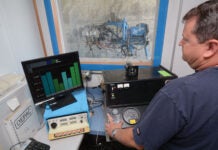
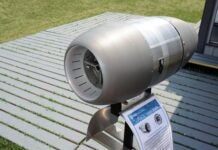





I see one omission in the Guide. Zenith still sells plans (and parts but not kits) for the 601 HD/HDS.